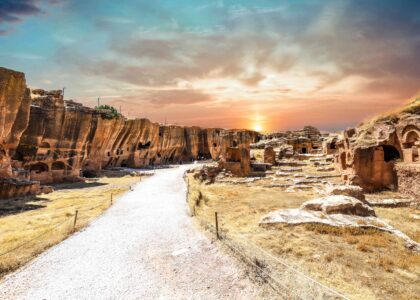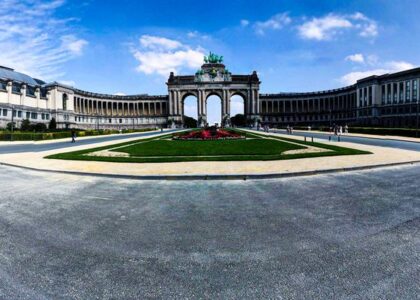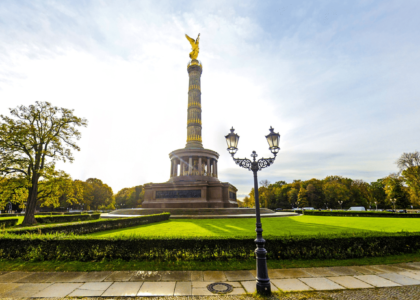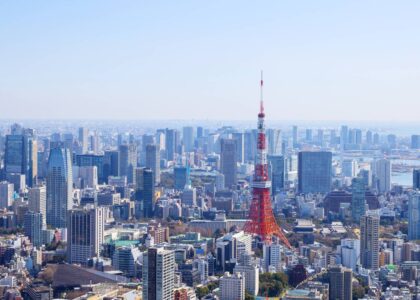Ladies and gentlemen, welcome to Park Güell, a UNESCO World Heritage Site and one of the most enchanting places in Barcelona, Spain.I will be your tour guide today as we explore the captivating history and beauty of this unique park.
Park Güell was designed by the renowned architect Antoni Gaudí and was commissioned by Count Eusebi Güell, a wealthy industrialist and Gaudí’s patron. Construction began in 1900 and continued until 1914. The main purpose of the park was to create a residential complex surrounded by nature and integrated with artistic elements.
As we walk through the entrance, you’ll notice the iconic dragon sculpture covered in colorful trencadís, a mosaic technique using broken ceramic pieces. This whimsical creature, also known as “El Drac,” has become one of the most recognizable symbols of Park Güell.
The park’s unique architectural style reflects Gaudí’s fascination with organic shapes and natural forms. The undulating stone benches and pathways blend seamlessly with the surrounding landscape, creating a harmonious and tranquil atmosphere.
One of the most impressive features of Park Güell is the Hypostyle Hall, located at the heart of the park. Its impressive columns resemble the twisted trunks of trees, and the colorful mosaic-covered ceiling adds a touch of magic to the space. This area was originally intended to be the market for the residential complex but later transformed into a public space.
As we continue our journey, you’ll encounter the beautiful Greek Theatre, an open-air venue with breathtaking views of Barcelona’s skyline. In the past, this area hosted cultural events and performances, adding to the park’s vibrant and artistic ambiance.
The famous “Tres Gràcies” sculpture, representing the three Greek goddesses of charm, beauty, and creativity, is another stunning sight to behold. It’s a perfect example of how Gaudí blended mythology and nature in his designs.
Park Güell also houses the Gaudí House Museum, the former residence of Antoni Gaudí himself. Today, it exhibits furniture, objects, and documents that showcase the architect’s life and work, providing deeper insights into his genius.
Throughout the park, you’ll encounter a plethora of vibrant and intricate mosaics, each one reflecting Gaudí’s mastery and attention to detail. The use of colorful tiles in various patterns and motifs adds a sense of joy and wonder to every corner.
As we reach the highest point of the park, the views of Barcelona’s cityscape and the Mediterranean Sea beyond are truly breathtaking. Take a moment to soak in the beauty of this enchanting place and appreciate Gaudí’s vision for harmonizing architecture with nature.
In conclusion, Park Güell is not only a testament to Gaudí’s artistic brilliance but also a celebration of the harmony between architecture and the natural world. It serves as a captivating reminder of Barcelona’s rich cultural heritage and its commitment to preserving and showcasing artistic masterpieces.
I hope you’ve enjoyed this tour of Park Güell.






